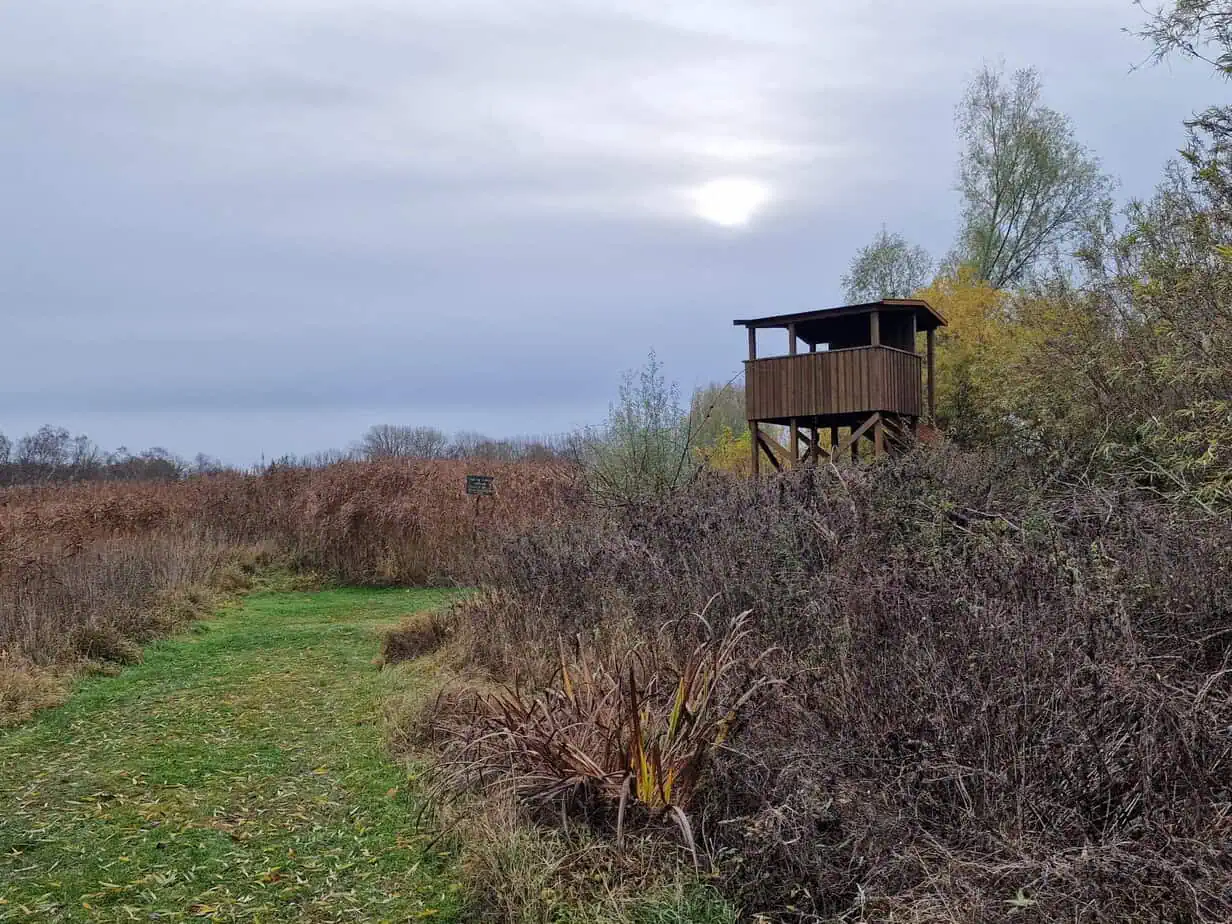What is the recipe for success for environmental education on the golf course? The Danish Golf Union will also be addressing this question in the future when it launches the three-year project Biodiversity on Golf Courses – Nature Education, Knowledge and Practice in 2026. It is being supported with one million Danish kroner from the Nordea Foundation. Cooperation partners are the Danish Sports Association and the Danish Ornithological Association. The project is based on cooperation with a large number of Danish golf clubs and includes the creation of flower meadows, wetlands and native plantings.
“Golf courses offer unique potential for nature, and we have a responsibility for the areas we manage. We want to create even better habitats for plants, birds and insects. We believe that this will offer golfers and guests on the courses even better nature experiences, explains Lars Broch Christensen, Chairman of the Dansk Golf Union. The 185 golf clubs in Denmark manage a total area of around 13,000 hectares, which is home to numerous species. “Given the current focus on nature and biodiversity, it makes sense for golf to take a leading role in promoting nature on the courses.”
For Egon Østergaard, Chairman of the Danish Ornithological Society, the cooperation is a step in the right direction: “It is impressive to see a sport taking responsibility for nature in this way. Golf courses cover large areas, and if we use this potential wisely, we can create good improvements for the birds and other animal and plant life,” he explains.
The practical implementation takes place in the golf clubs. The Roskilde Golf Club, which is considered one of the pioneers of biodiversity in the Danish golf scene, is a good example of how this can be done without disrupting the golfers’ game. At the edge of the golf course is a large birdwatching tower, which was donated by Roskilde Municipality and can now be used by the entire local population as well as golfers. Along the footpaths that run through the golf course, the golf course has set up insect hotels and 18 beetle boxes made from old tree trunks, the purpose of which is explained to passers-by with the help of information boards. Whether golfer or non-golfer: the topic of environmental education concerns both groups.







